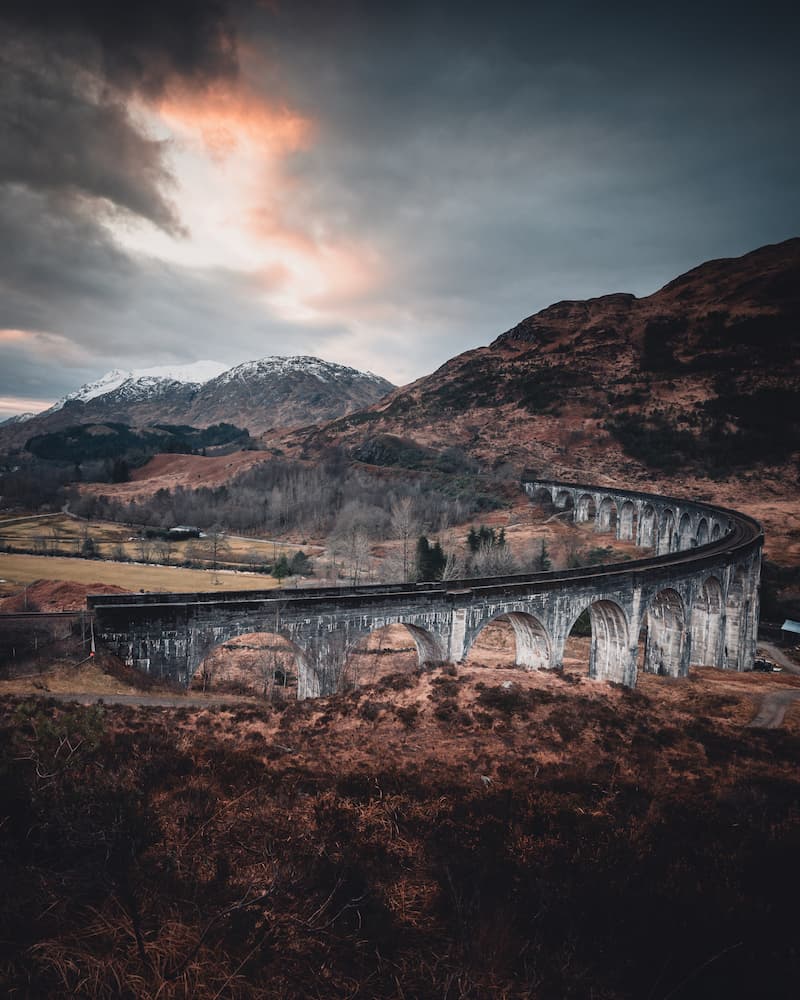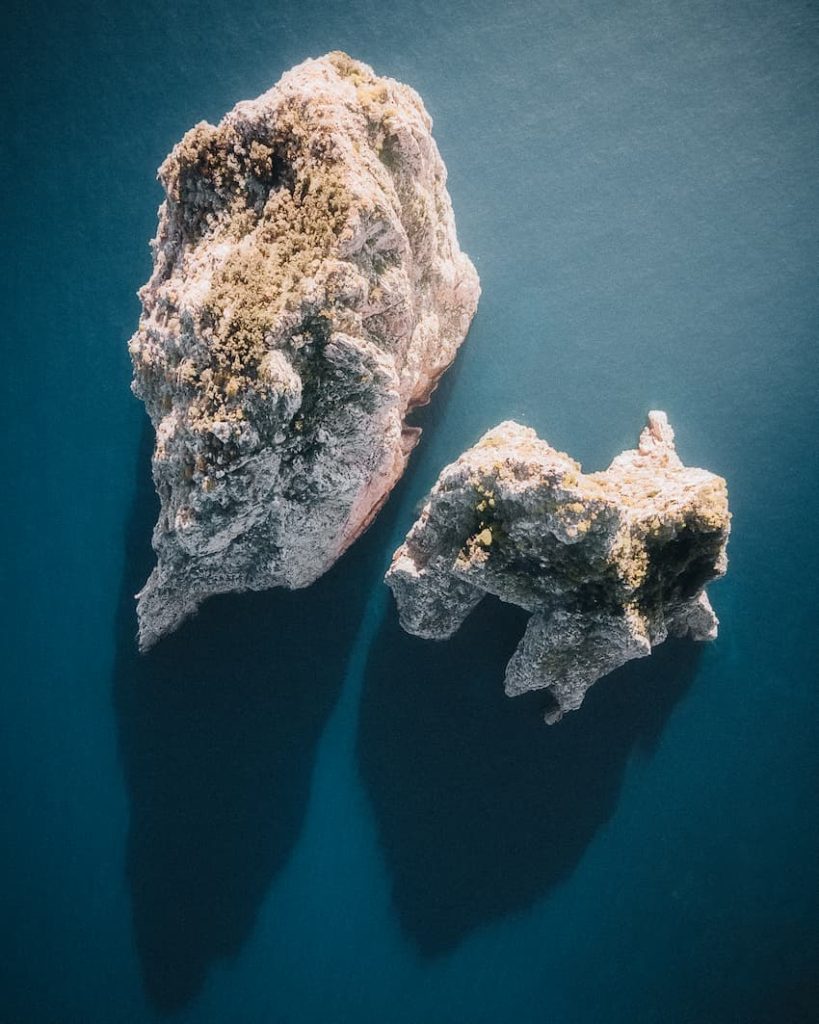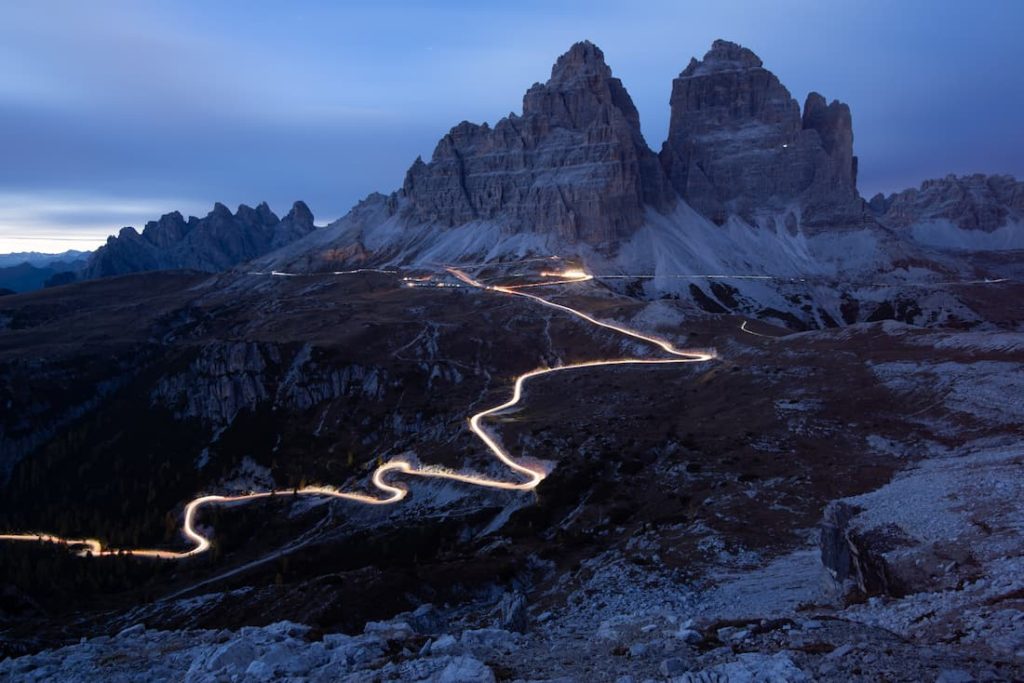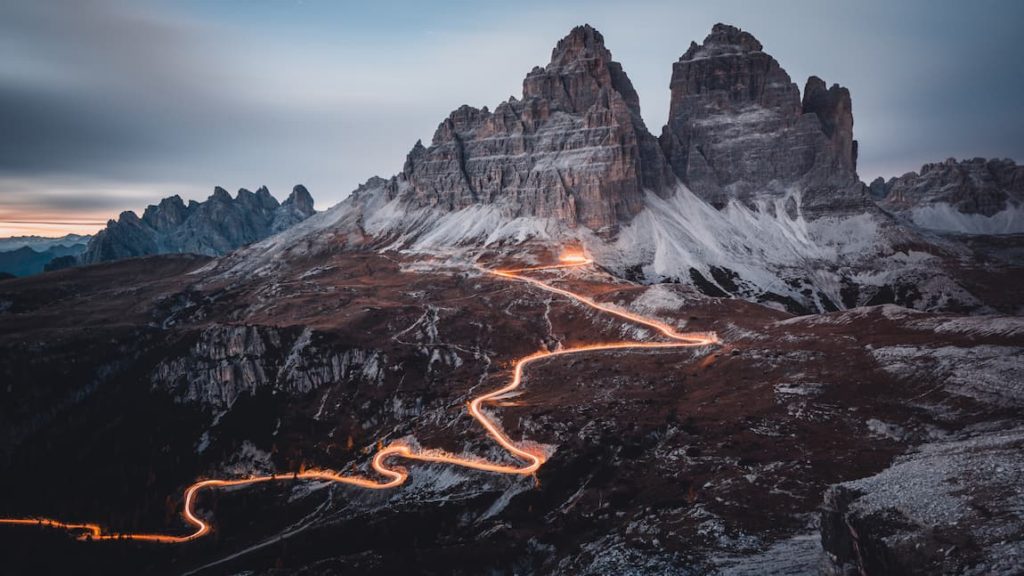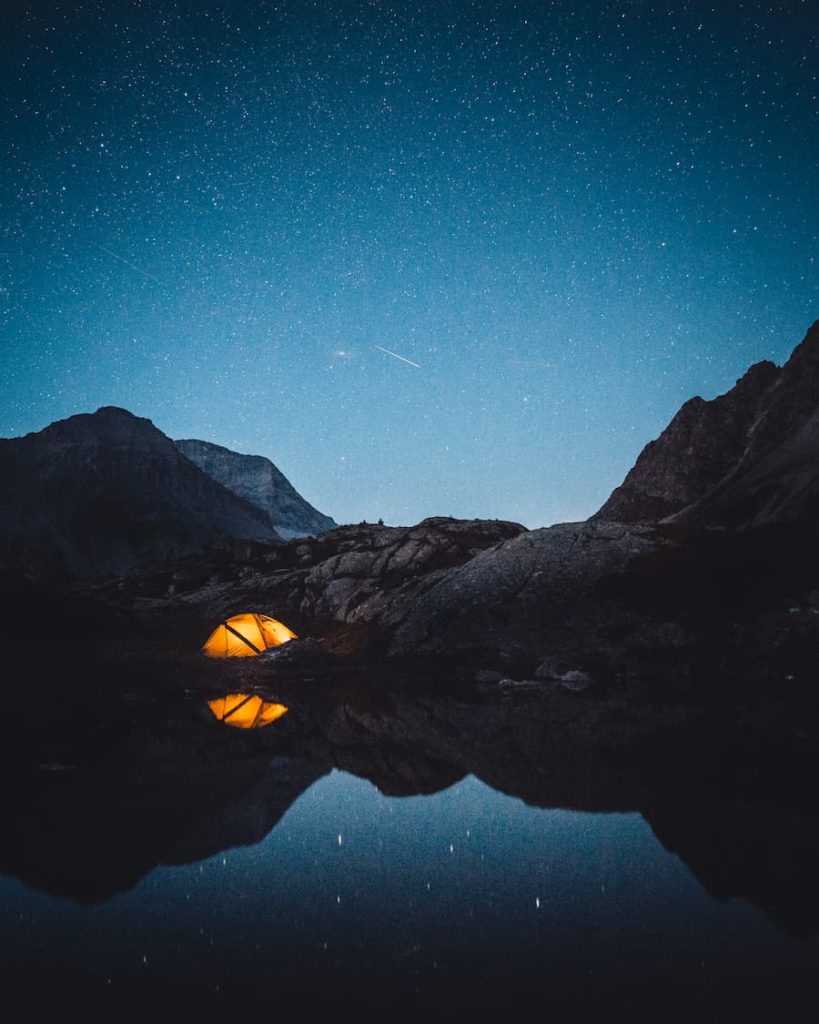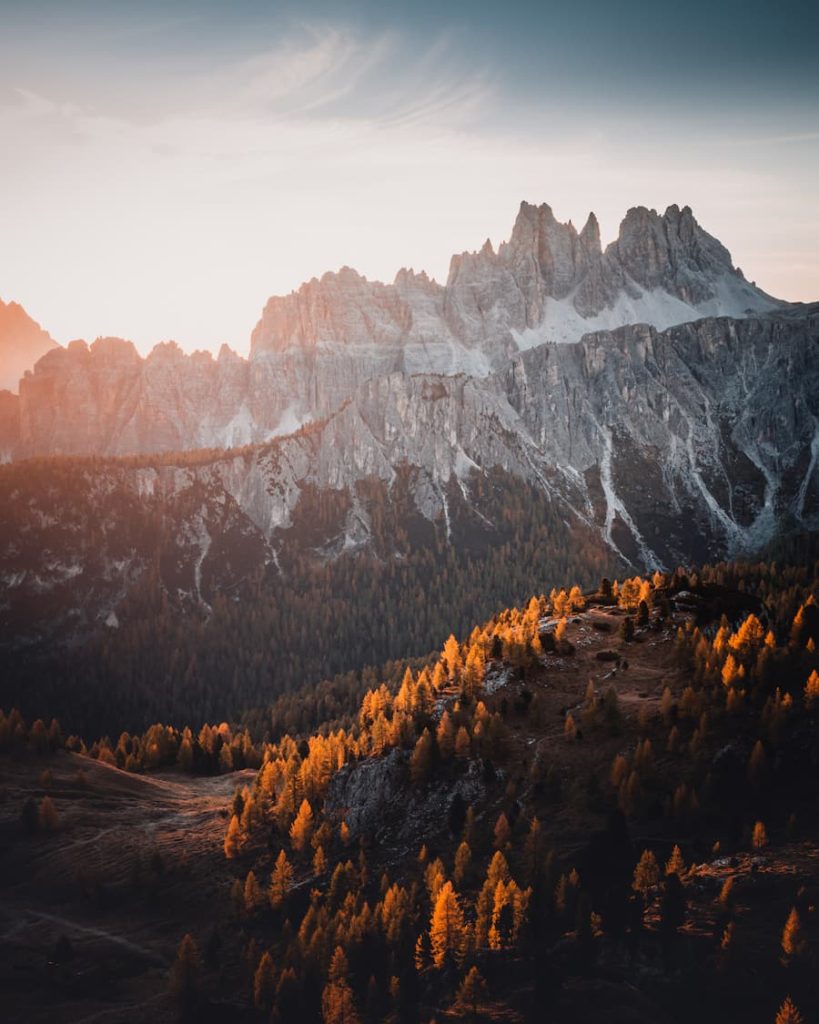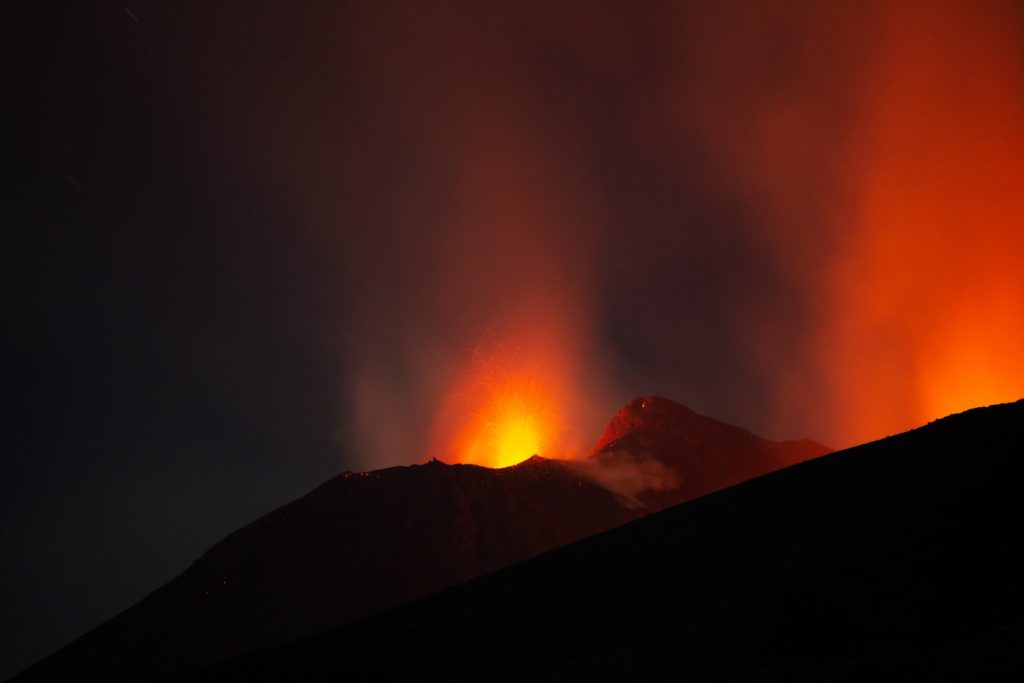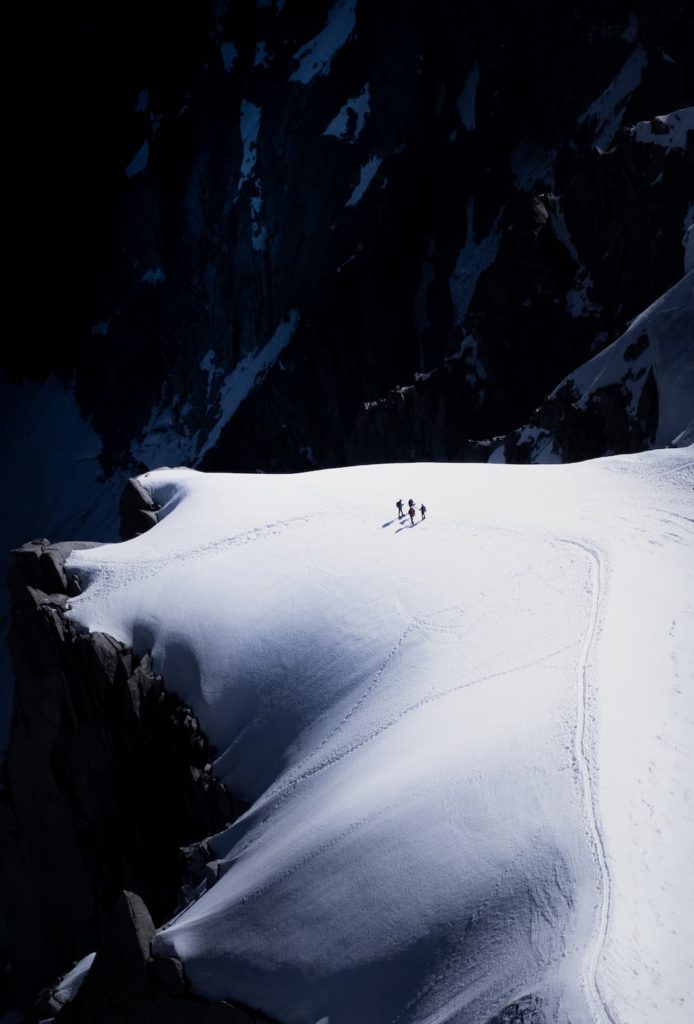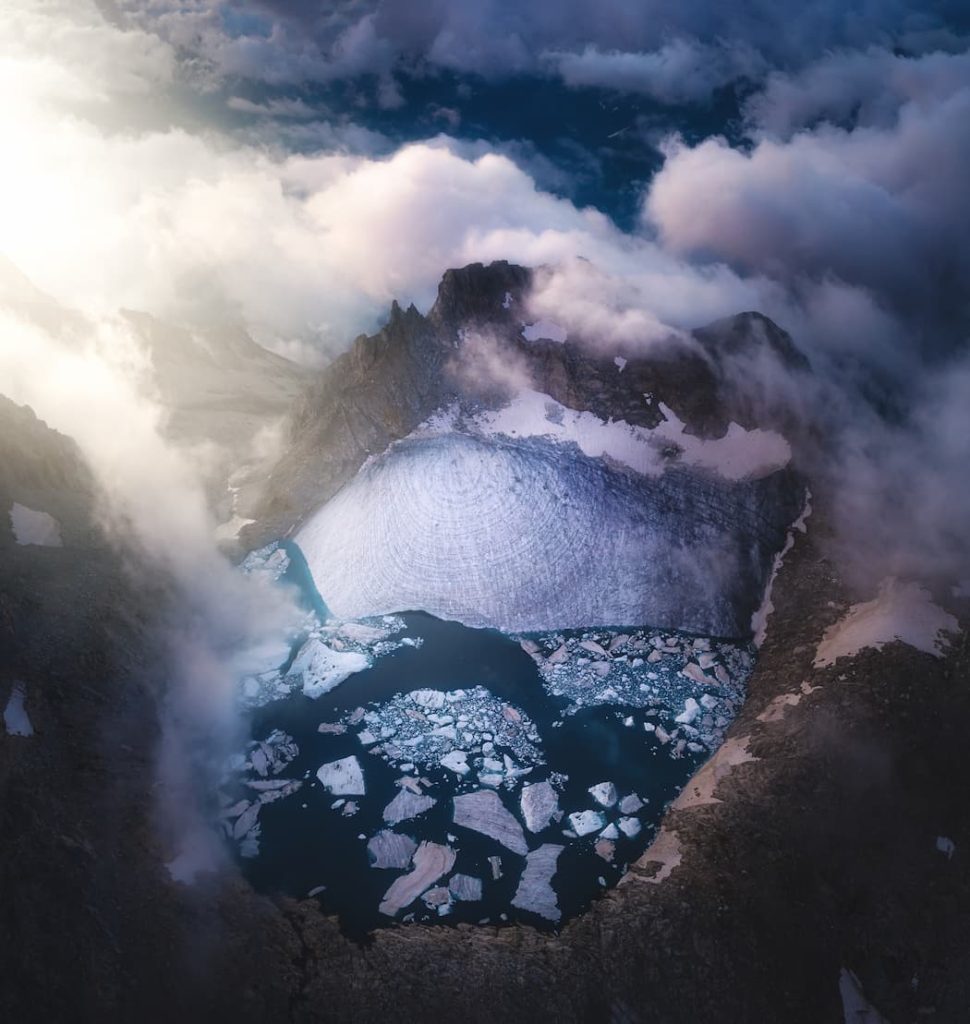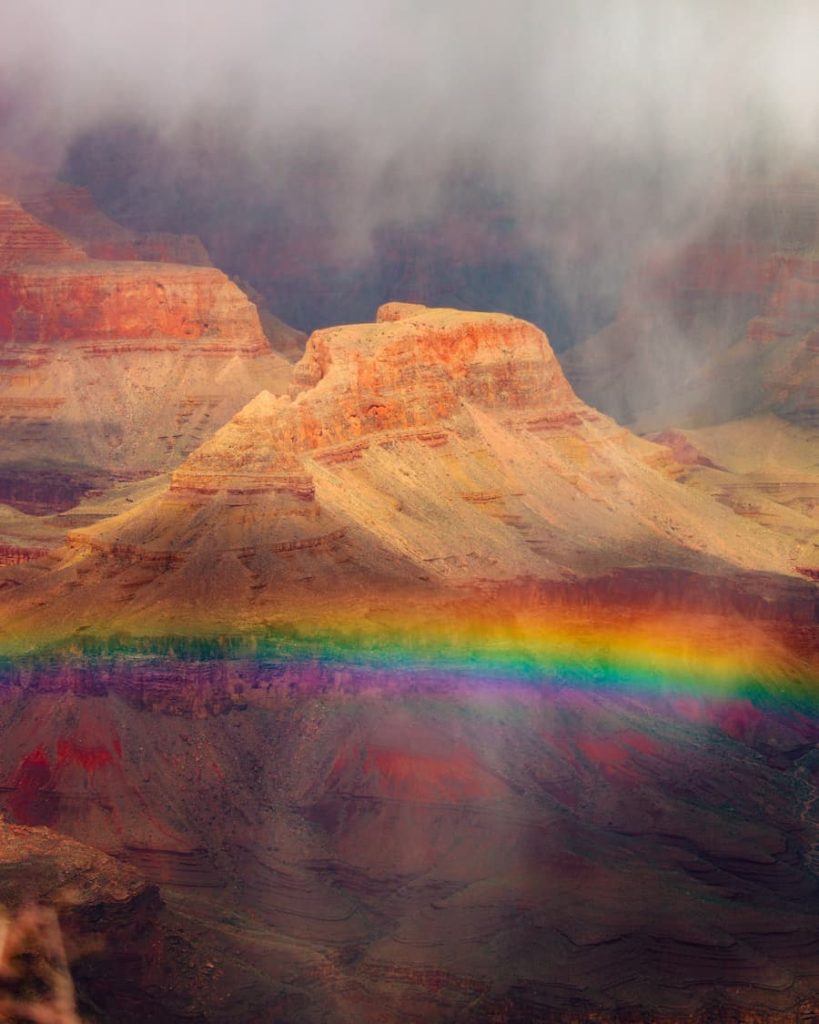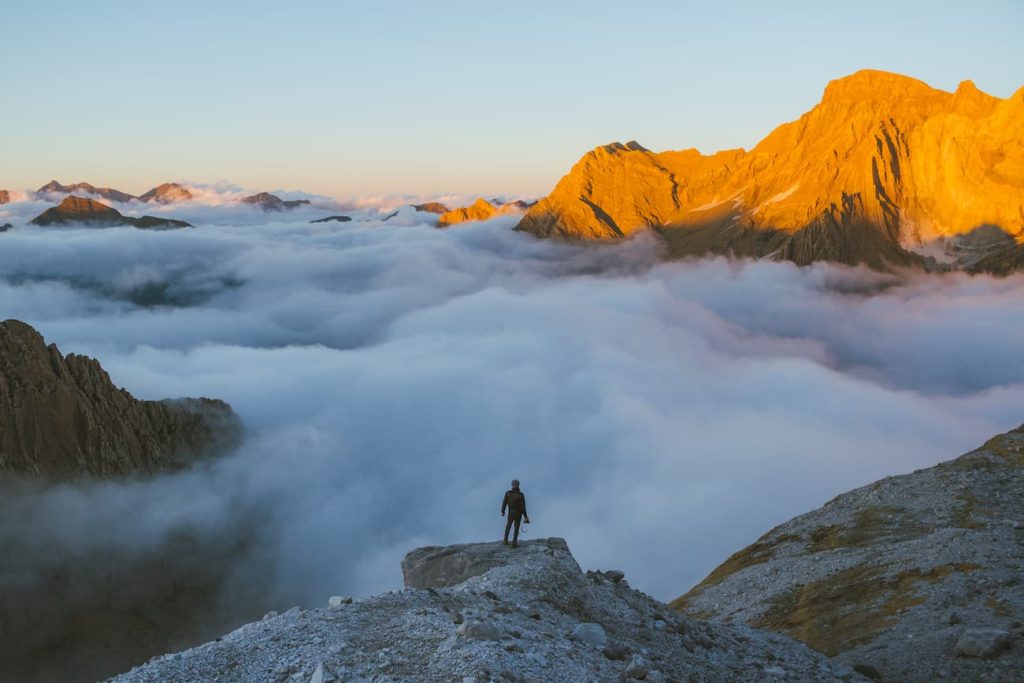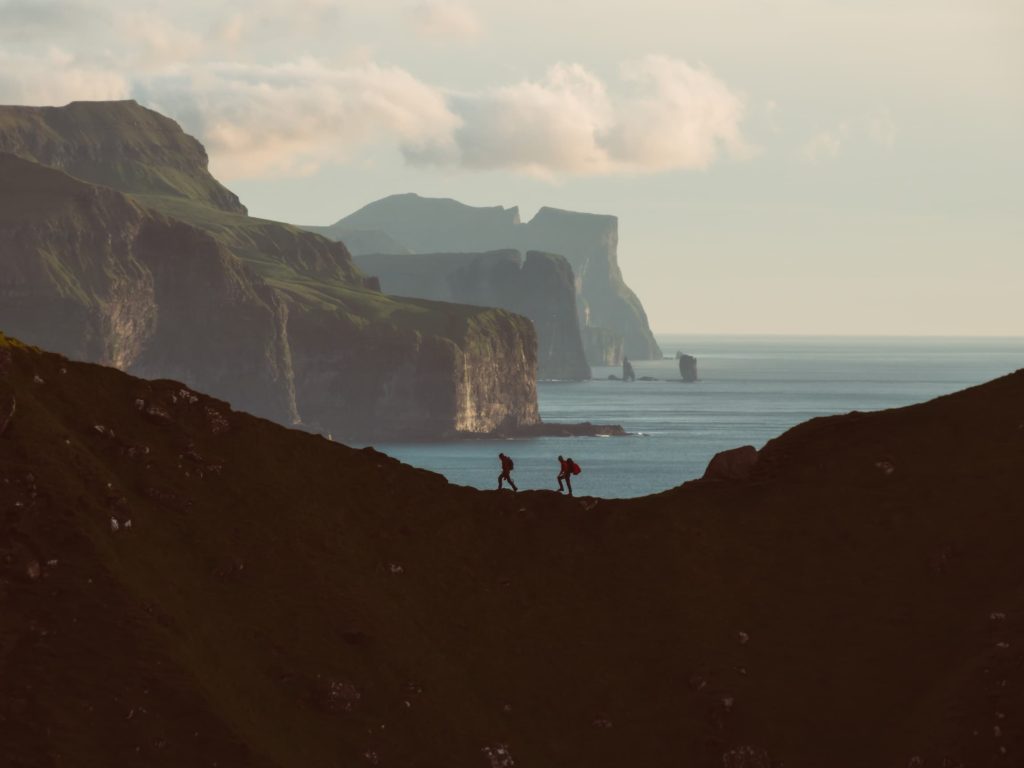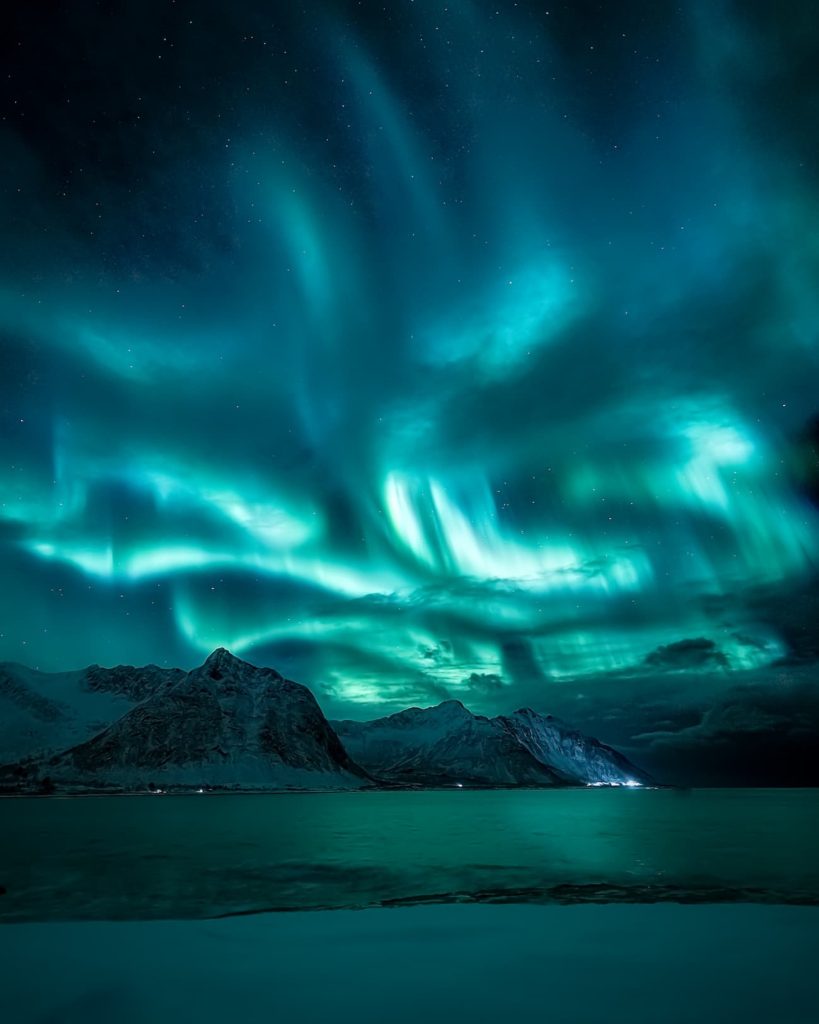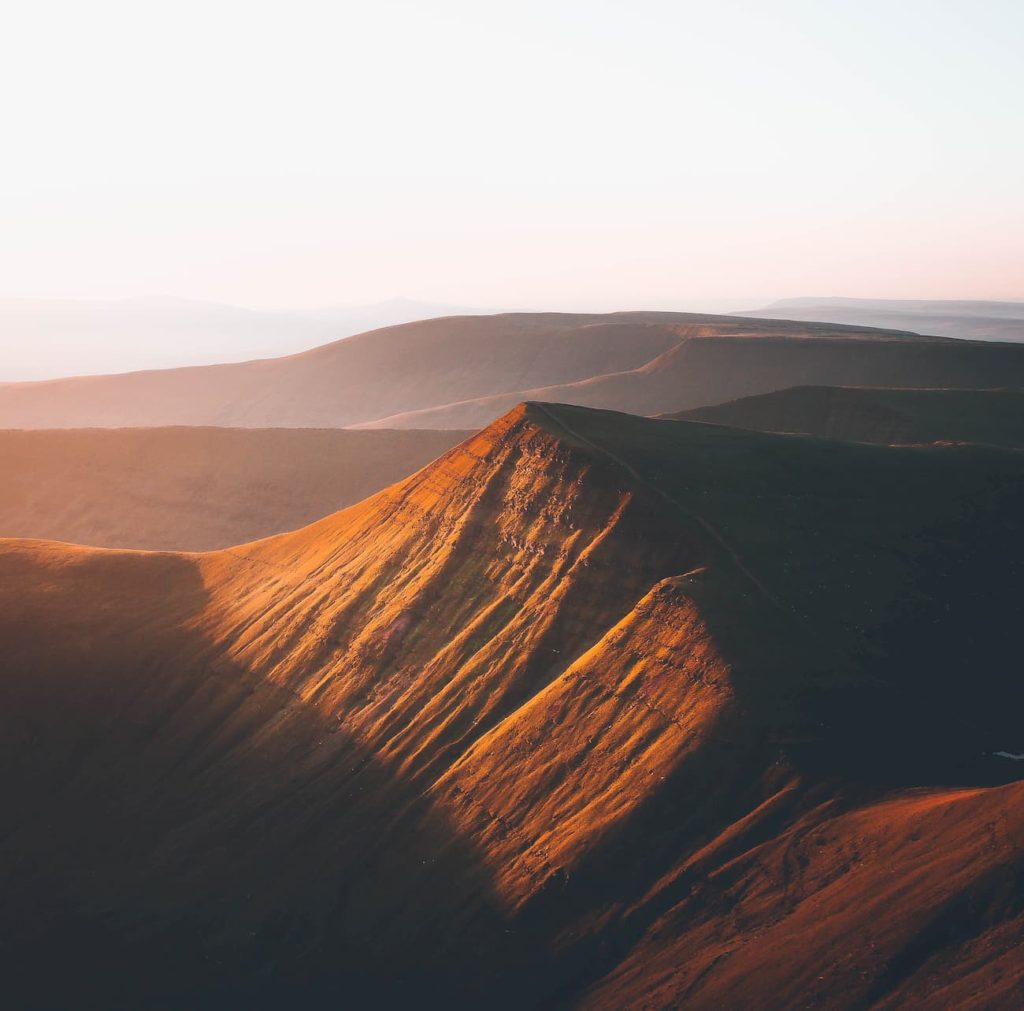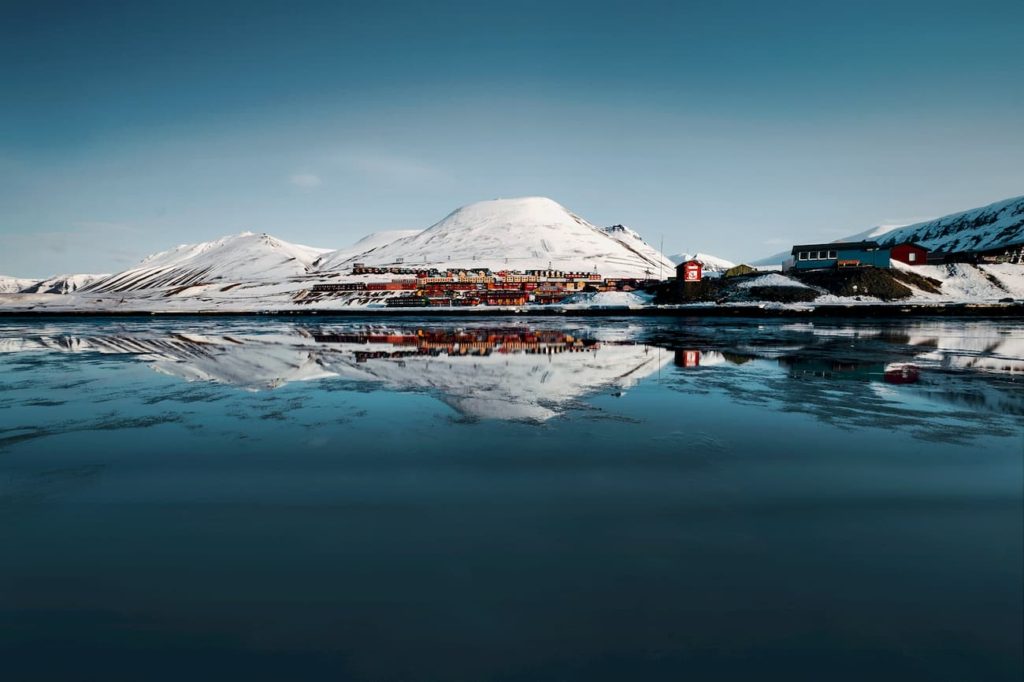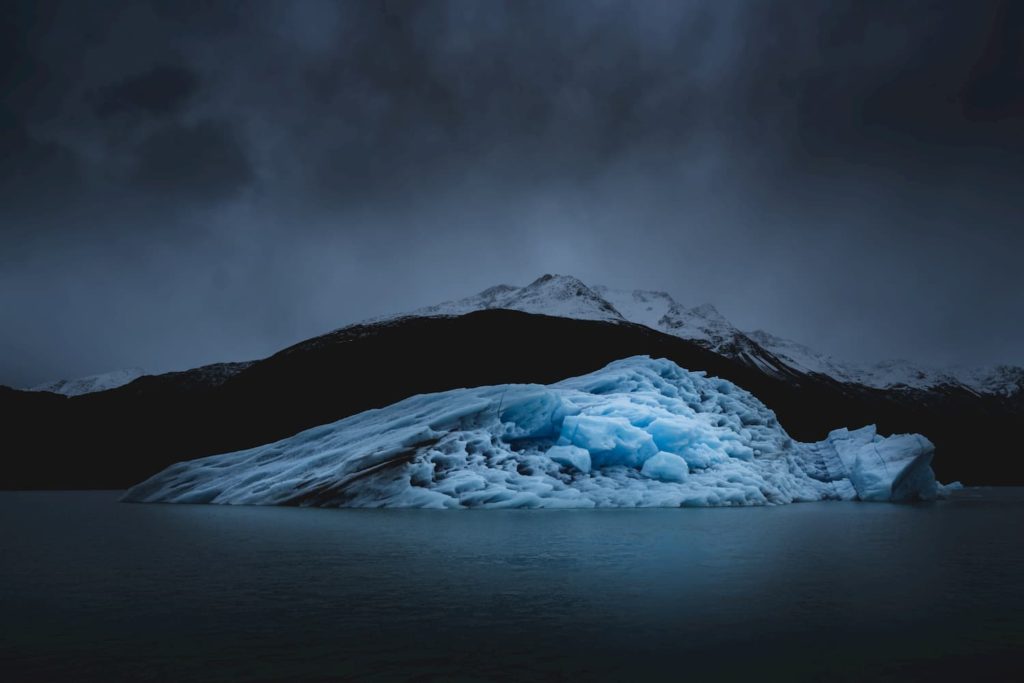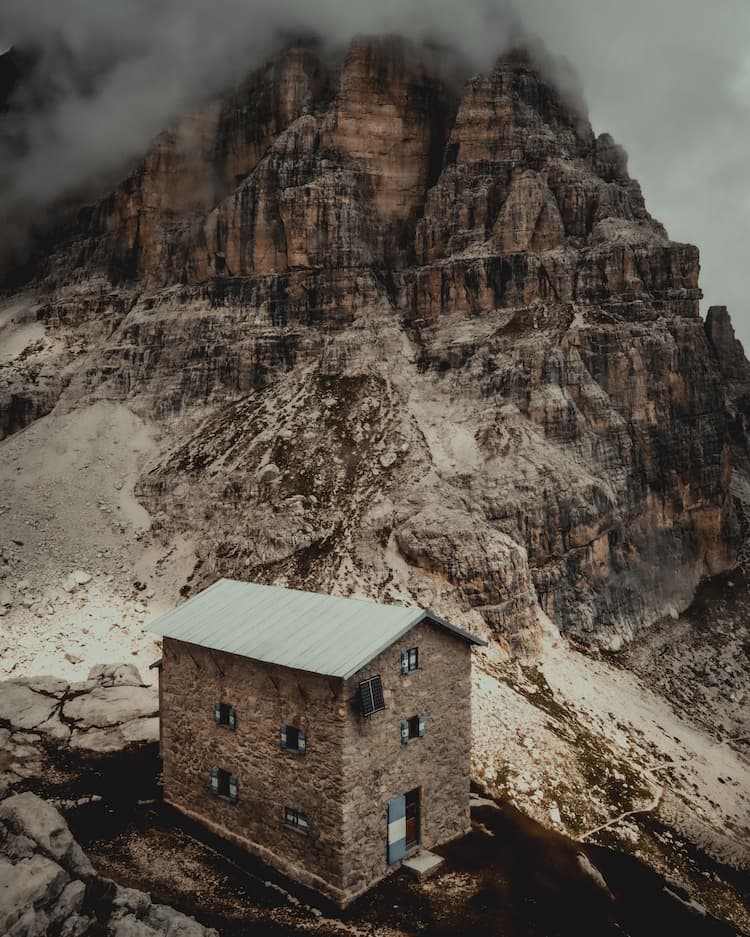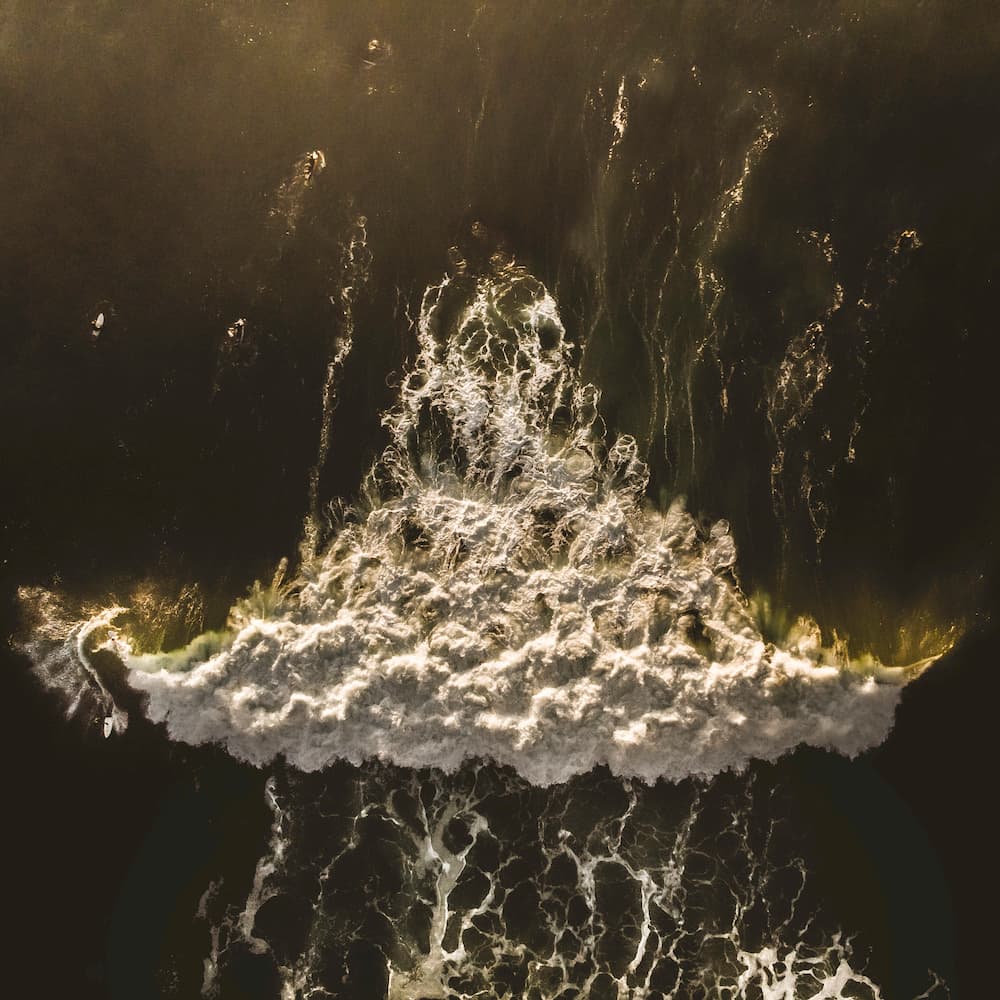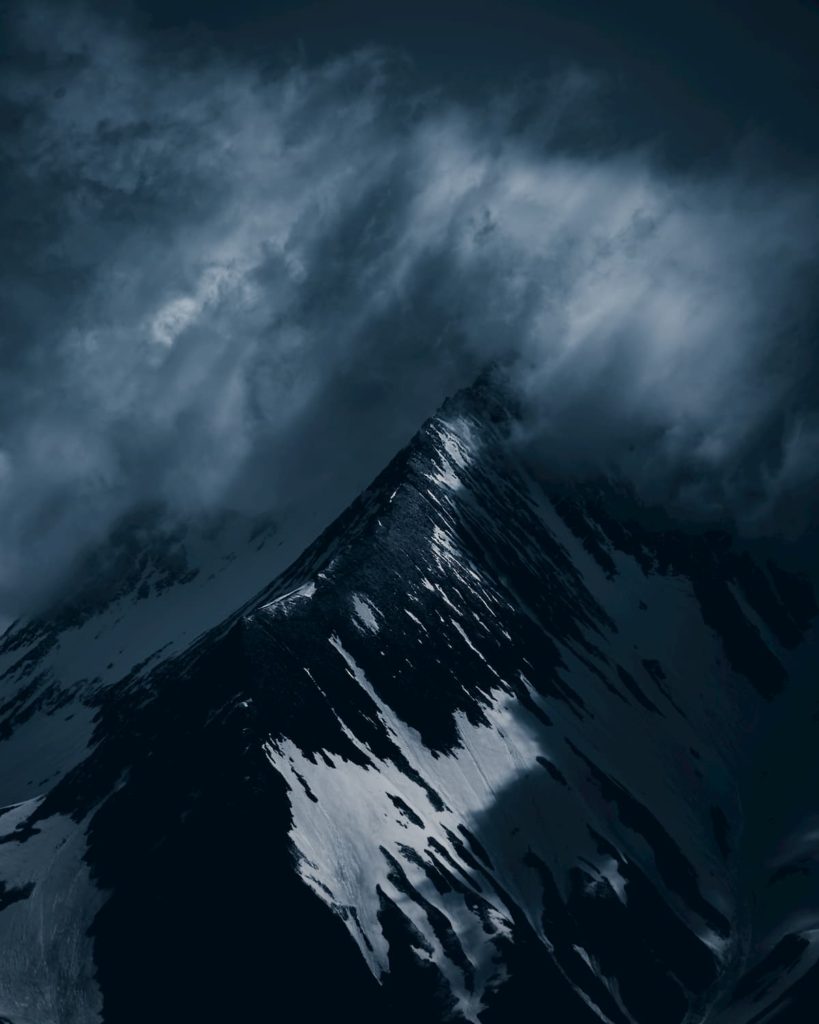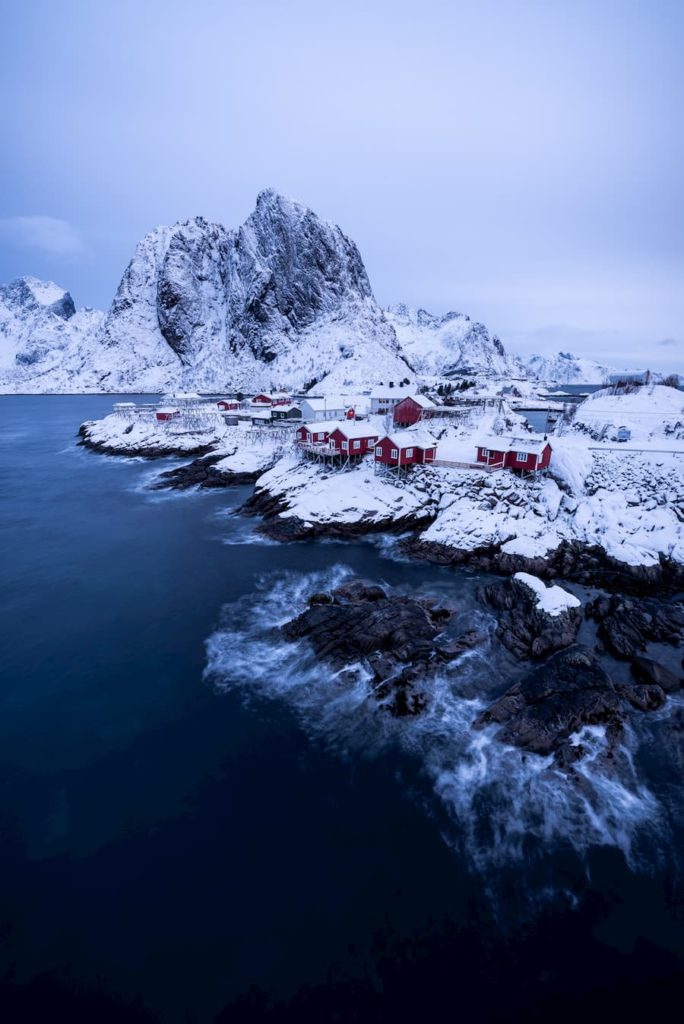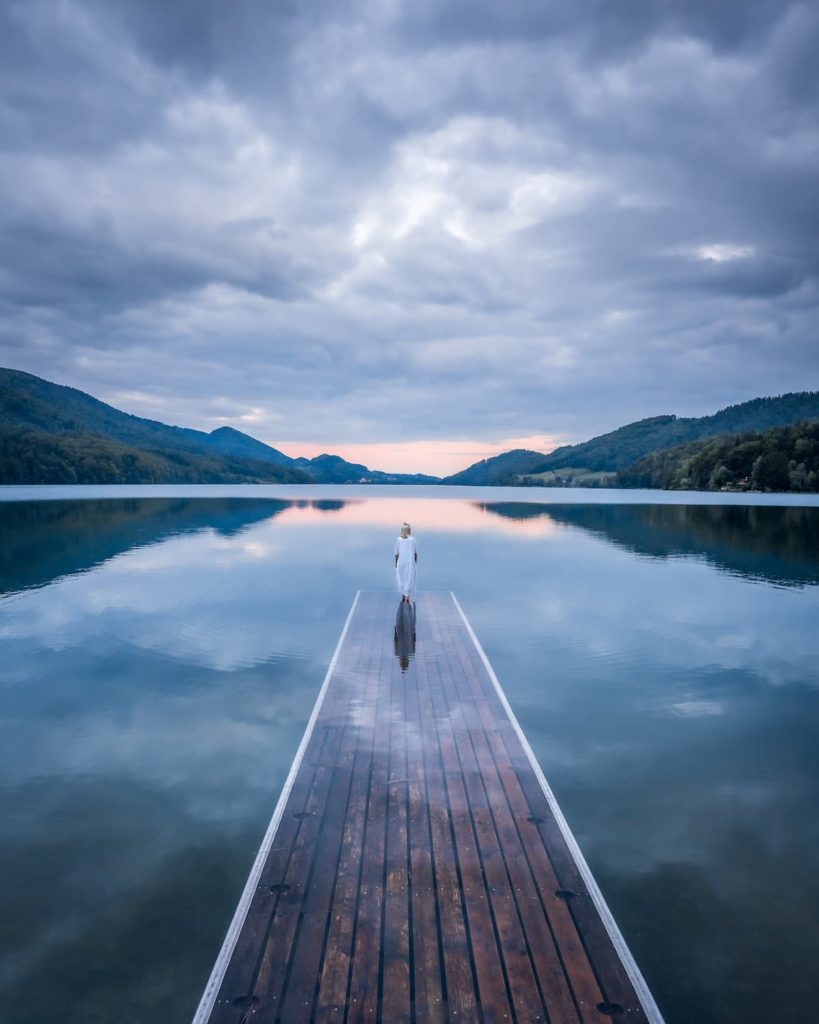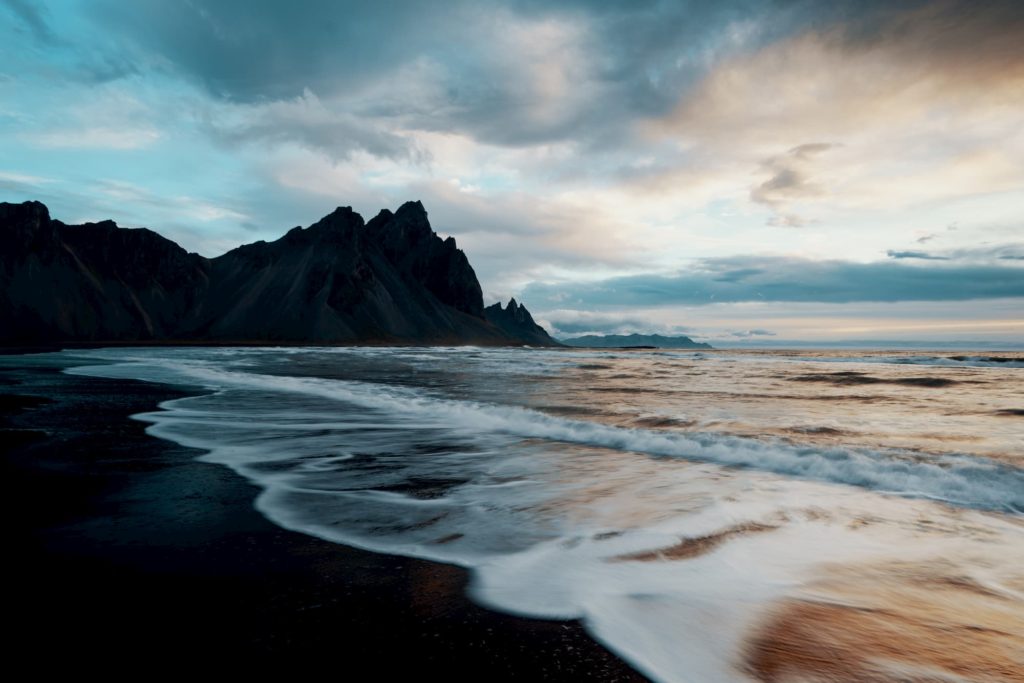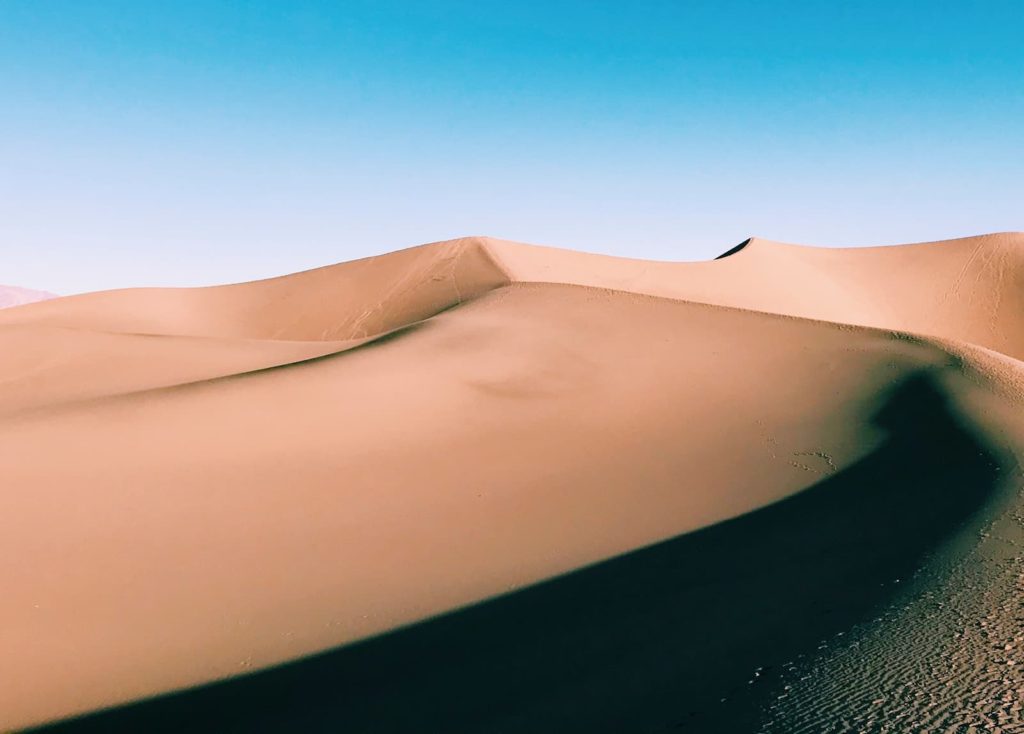
Gianluigi Palomba
@gianluigi.palomba
Photographer based in Italy
I remember that, during my first school trips, I was one of the few if not the only child with a disposable camera. A curiosity transformed into a passion and at the age of 15 I bought my first DSLR. From there, a world of opportunities opened up. After completing my studies in Italy I decided to continue my training in Scotland, where I obtained an HNC and an HND (Higher National Diploma) in photography.
"Scotland seemed the place to go for me, as I could study photography in one of the most fascinating places in the world with a rich history and amazing landscapes and nature."
And it certainly has had a great impact on my passion, my professional development and my life in general. Just the fact of having lived practically alone for about two years in a foreign country has given me the opportunity to discover not only a new land and a new culture, but also a new me, a new vision and a renewed creativity.
As a last trip before leaving Scotland for good I decided to venture into the Scottish Highlands alone with a tent and photographic equipment. Ten days immersed in nature without knowing where I would sleep and what I would do the next day. Hundreds of kilometres travelled, thousands of photographs taken and countless experiences to tell. This trip was the most epic so far. I crossed the Scottish Highlands to the Isle of Skye, my favourite place on Earth, full of mountains, waterfalls, impressive cliffs overlooking the sea and very photogenic lighthouses. I would never get tired of photographing them.
So almost unconsciously, I searched for reasons to choose one or the other, do things in one way or the other, and based on the results I could confirm effectiveness (or not). Learning in this manner means that you understand the why behind a process and result, which you don’t always achieve when simply following or learning from people you admire even though this can be hugely inspirational. In turn, I believe that this helped me to become a better professional as my work is grounded in principles and lessons I learned and actually understand thoroughly.
"Today I work as a full-time photographer in the Sorrento peninsula, where I grew up, shooting events, landscapes and advertising."
I bought a drone to complete my gear some time ago, which has opened me up to new perspectives. It also brought me closer to the world of video making – so much that a little while ago I decided to buy a second drone, an FPV (First Person View). This allows me to fly using VR goggles, completely transforming the flying experience. I spent hours on a simulator on my laptop before flying “for real” and then went outside without risking it too much. Since batteries don’t last long, planning your shoot in advance using tools like Google Earth can really make a difference, as well as checking where the light is going to hit at a certain time of the day.
"Having these new tools significantly amplified the photographs that I can create and therefore, it brought new job opportunities as well."
However, there is more needed than solely great content if your goal is to make photography your profession as well. Then it suddenly becomes not just Art or a passion, but also a business. During my university studies, I had the opportunity to participate in several projects that helped me a lot to understand how photography works also from the entrepreneurial side, which is not something to be underestimated if you want to pursue a photography career.
The hardest obstacles to overcome are surely those related to finding clients willing to pay for your work. Working for free or in exchange for “visibility” is fine but it is important here to consciously consider various aspects to define whether it is worth it or fair. In some cases it is fine to do things for free, especially when starting out, but always without being exploited. The benefits of collaborating for free must always be calculated. Photography is a job, and nobody works for free, whether that is money or another kind of remuneration valued and accepted by the photographer.
Having a well presented instagram profile, with a bio explaining what you do, can make a difference today in an increasingly digital world. The only advice I can give is to persevere and not give up, get involved, reach out, and not be afraid of making mistakes. Investing in equipment and training courses can also be useful, be at the forefront, discover new techniques and methods of shooting.
Photography as a profession is not easy, but on the other hand, what is easy in this world? It requires sacrifice, perseverance and determination. You have to transform your passion into a real company, your name into a brand that customers want to rely on to advertise their products, services… The approach with the client, the presentation of one’s portfolio, personal branding… All are equally important as the photographs themselves – those for the client, but also those that you create freely for yourself which, in ideal situations, still end up to be for a client.
That photo brought me a lot of personal satisfaction and also external rewards through prizes in prestigious photography contests (ND Awards) and a publication in one of the most famous magazines in the world, National Geographic. I have taken tens of thousands of photographs over the years but I can say with certainty that this photo is the only one I am really proud of, mainly because it does not show the usual composition of the three peaks; it is a unique photo that no one else has ever taken… And of course edited the shot in my own way, representing my interpretation of the scene.
Editing a photo is a fundamental part of the photographic process for me. If the camera is the tool with which I capture the image, post-production is the means that allows me to present the image to the public according to my vision, using my creativity. My editing style is very simple and direct; I try to get the best shot directly in the camera and then attach a mood to it in post-production while maintaining the original lighting conditions and without excessive manipulation of the photo.
In the specific case of the photo of the Tre Cime di Lavaredo, I had to combine two shots taken shortly after each other. I took one to get all the light trails of the cars and the other to capture more tones of the sunset. I merged the two photos with Photoshop using masks, cleaned the image with the clone stamp and made adjustments in the colour of the sky and rocks. With the dodge and burn technique I created more three-dimensionality in the photo, highlighting the areas affected by the light and the luminous trail of the cars. Finally I applied a glow effect on the highlights to make them softer and I added sharpness only on the edges to have more contrast.
Move RIGHT or LEFT to compare
My workflow consists of many phases and aspects, but editing is definitely key. I can decide what mood to give to the photo based on atmospheric conditions, my impressions, and what I want to communicate. Being able to convey certain sensations through my images – the sense of freedom, of being the only person on a mountain at that moment – that is what satisfies me.
Would you like content like this sent to your inbox?
NOMADICT
ART GALLERY
THE LATEST STORIES
WRITEN WITH PASSION TO INSPIRE YOU
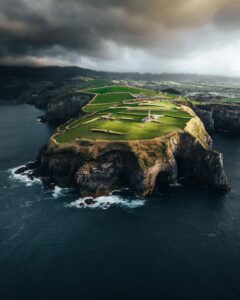
Photo tour in Azores, Portugal
Join us in the Azores for a unique photo tour, where you’ll elevate your creative skills with expert guidance from Ronald Soethje, Bruno Ázera, and Nomadict.
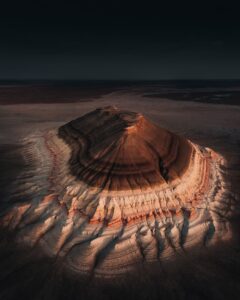
Forest Kai (@forest1kai): Photographer based in the US
In this article, Forest shares how years of chasing scale, silence, and raw landscapes shaped his approach to photography, from the deserts of Kazakhstan to the volcanic ridges of Iceland. He talks about how he uses light, texture, and vast negative space to create images that feel both intimate and overwhelming.
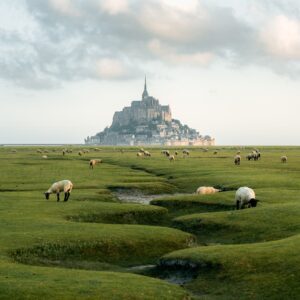
Simon Hechtbauer (@roamwithsimon): Best of the Week 32 at #nomadict
Simon shares the journey behind his photography, from early inspirations to field techniques, editing, and the story of the winning shot that shaped his path.

Miroslav Maršík (@miromarsik): Photographer based in Czech Republic
In this article, Miro shares how his love for cinematic music evolved into a deep passion for photography and how he uses light, color, and atmosphere to turn the streets of Prague into living film scenes.

Aurora photography panorama workflow: A guide to camera settings, editing, and color
In this article, Stefanie reveals how her background in physics sparked her passion for astrophotography and how she blends science with creativity to capture the beauty of the night sky. Readers will discover her approach to color, contrast, and editing, as well as her aurora photography workflow.

Yhabril (@yhabril): Best of the Week 33 at #nomadict
Spanish photographer Yhabril captures the profound connection between humans and the mountains that shaped him. Growing up in the Pyrenees, his work bridges outdoor sports, landscapes, and celestial scenes — often blending athletes, moonlight, and wilderness into striking visual stories.

Ariane Totzke (@besondersschwierig): Photographer based in Switzerland
In this article, Ariane shares how photography helped her navigate personal challenges, connect authentically with people and animals, and develop a philosophy rooted in empathy and artistic freedom. Readers will also discover her ethical approach to wildlife photography and her trusted equipment for both camouflage techniques and cameras.

How to photograph Dutch tulip fields: A guide to light, gear, composition, and colors
Discover how to photograph Dutch tulip fields in their most magical light. From choosing the right gear and lenses to mastering composition, color, and aerial perspectives, this guide shares creative techniques to capture the beauty of the Netherlands’ tulips. Learn how light, color grading, and proportion bring emotion into every frame.
